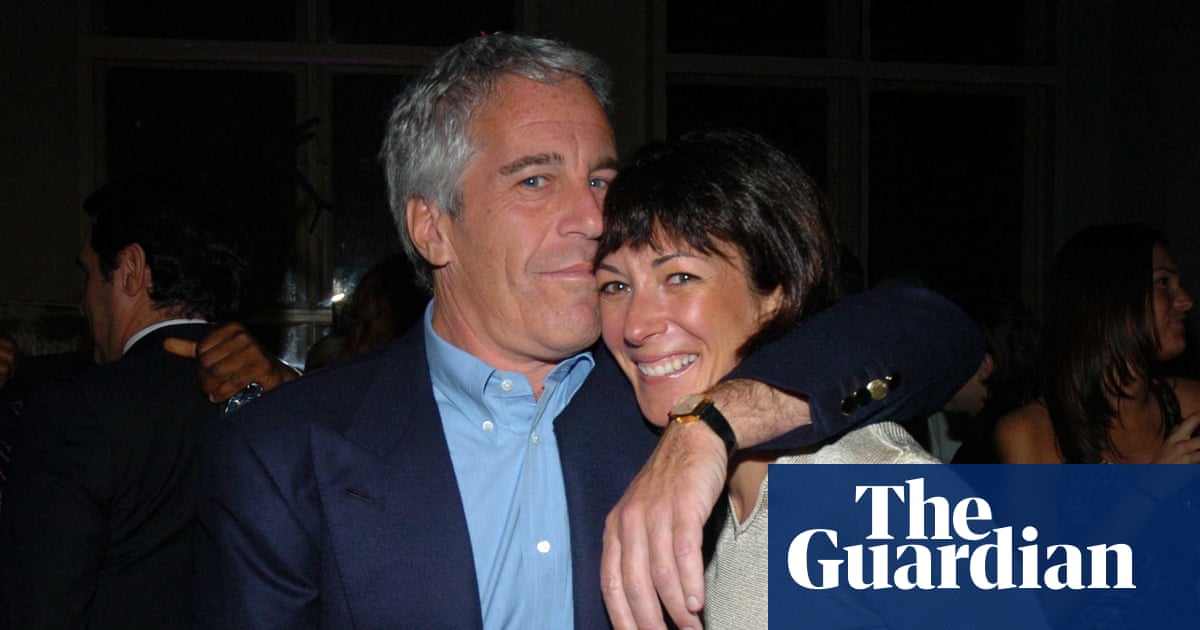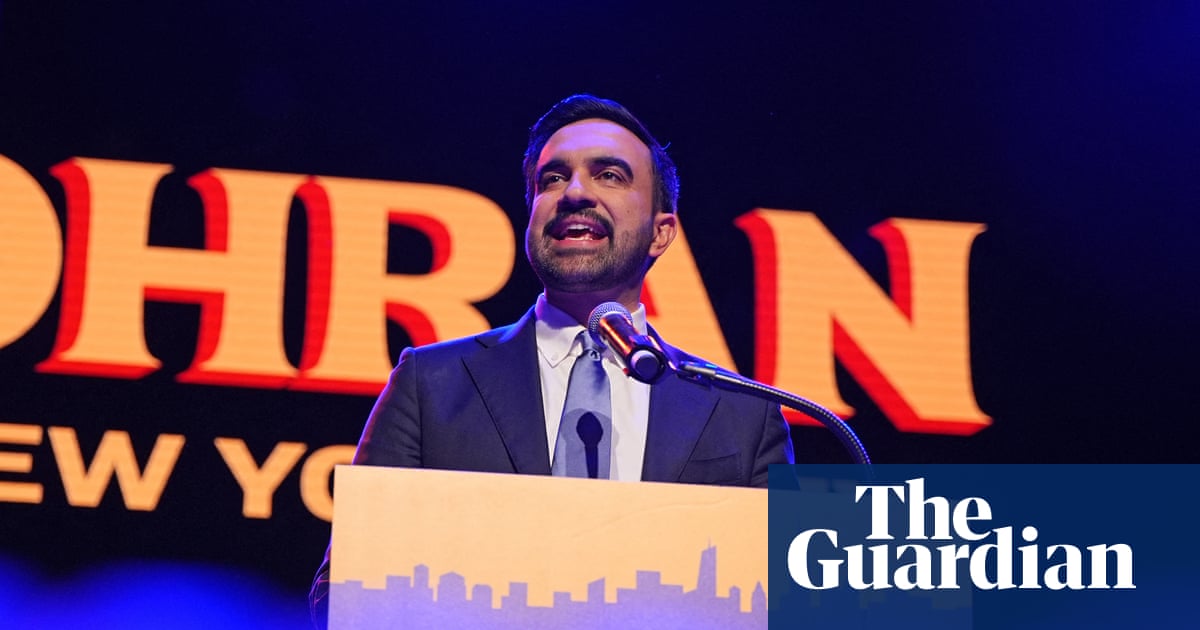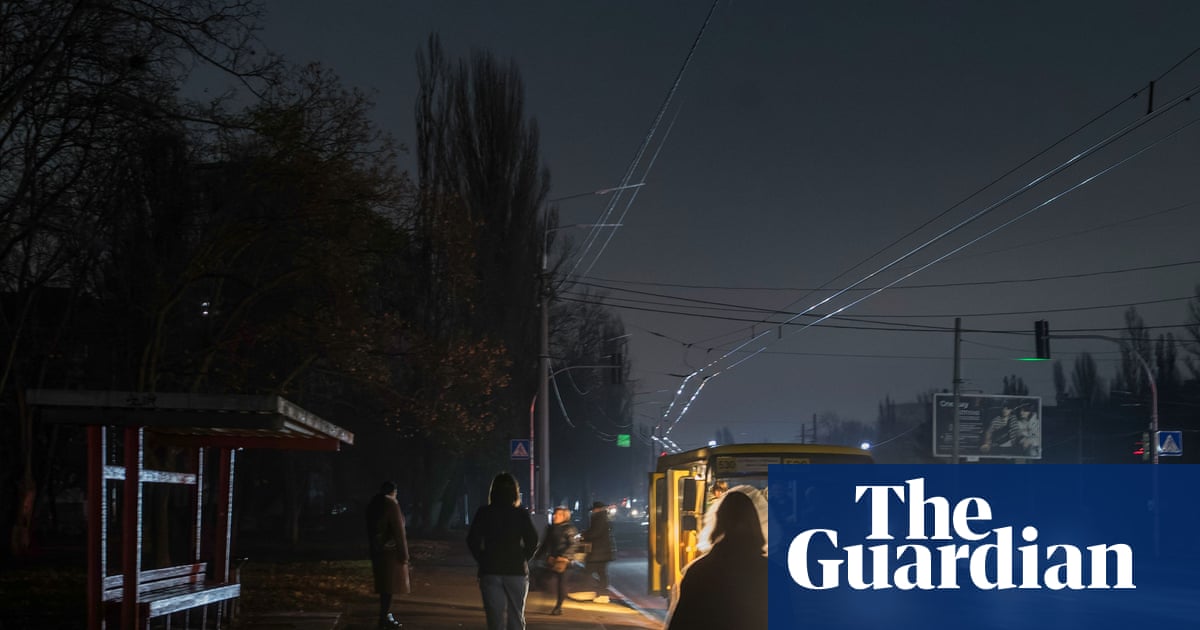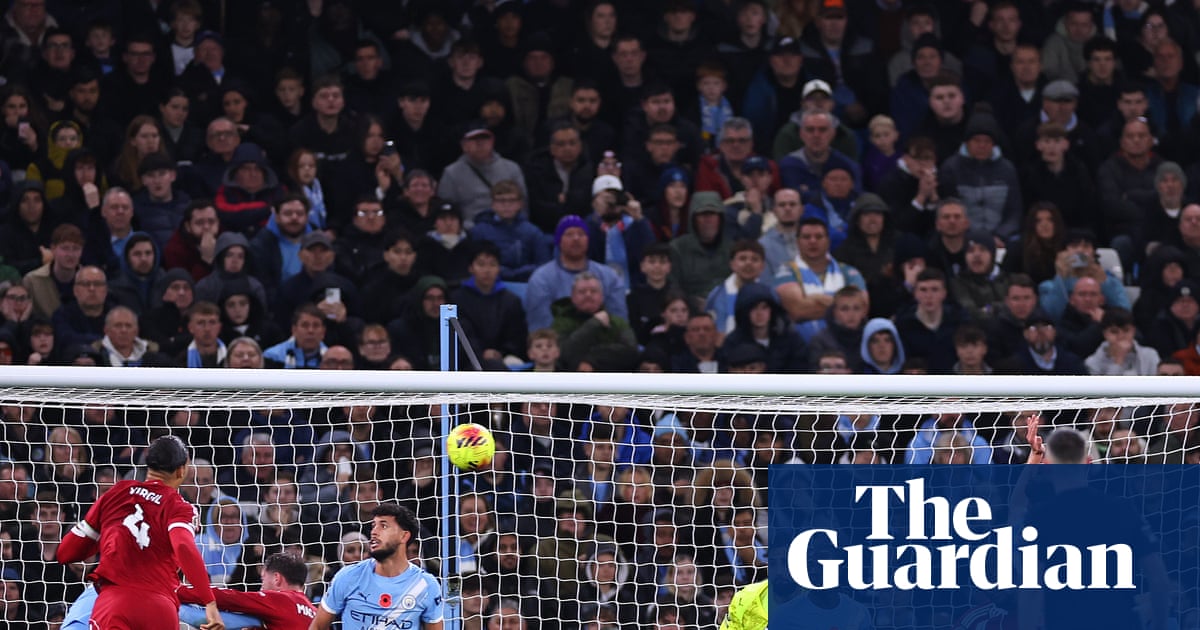There was one big incident that grabbed the headlines and prompted conversation this weekend in the Premier League: the decision by the referee Chris Kavanagh to deny Liverpool an equalising goal in their high-stakes match against Manchester City. The decision is massively subjective, in my opinion, but not a clear and obvious error.
Starting from the top: the ball is in the back of the net after Virgil van Dijk’s header from a corner, and the assistant referee, Stuart Burt, flags for offside. The offside player is Andy Robertson, who is in the goal area. When the ball is headed by Van Dijk, Robertson is standing almost in front of the goalkeeper. He then shifts to his left, shifts forward and, with the ball about to strike him, he ducks out of the way and the ball ends up in the net.
The goal is disallowed on field, because the flag went up, but as we know when goals are scored they are automatically checked by VAR.
To be in an offside position is not an offence in itself; it only matters when you become involved in active play. Robertson was penalised because he was deemed to have made an obvious action that impacted the ability of an opponent, in this case Gianluigi Donnarumma, to play the ball. You can’t say for sure whether Donnarumma would have got the ball and for the VAR, Michael Oliver, to overturn the on-field call he has to have clear evidence that Donnaruma was not impacted. For a VAR intervention you need clear evidence to overturn a decision and there wasn’t any.
It would work the other way round, too. If we had seen an on-field decision of goal, had we not had an offside offence indicated, then VAR would also not have intervened. It would have been check complete and the goal would have stood. On balance, I would have preferred a goal, but it was not a clear and obvious error to deny one.
After the match Arne Slot expressed dissatisfaction with the decision, which he is entitled to do. He mentioned that it had taken 13 seconds for the assistant to raise his flag and said that must have shown there was communication with the referee, perhaps highlighting that this was not a clear decision. The referee and their assistants are in communication with each other constantly. Quite clearly the assistant has a side-on view, he identifies the offside position, and the referee has a front-on view where he can see if the player in question is committing an offence by impacting an opponent. They are in communication and sometimes decisions take a little bit longer, but there’s nothing untoward about that.
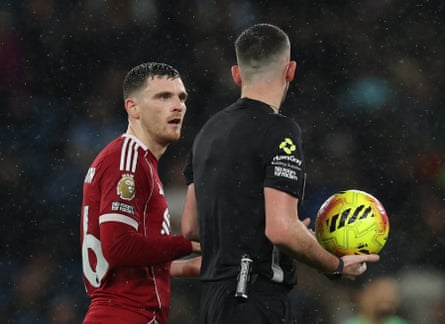
The VAR protocol is very straightforward: the on-field officials have to make a decision. You have to referee incidents and what VAR is not looking to do is to re-referee them, to break them down into their component parts, because there’s so much going on there. This is a decision that doesn’t warrant unpicking. It’s one that you just leave on the field.
It’s clear the incident has frustrated some people and there have been comparisons to previous events. Last season, for example, Manchester City were awarded a goal against Wolves, despite Bernardo Silva being in an offside position, because he was adjudged not to be impacting other players. But no two incidents are the same and in the Silva situation, there is a significant difference, namely he is clearly to the side of the goalkeeper, several metres from the flight of the ball and doesn’t duck under the ball.
after newsletter promotion
The best course of action as we move through the season is to continue to educate as many people as we can in relation to the VAR protocol, in particular with relation to offside. Everybody’s got an opinion on the game; I’ve been to the supermarket and people have stopped me to ask whether I think situations are clear and obvious errors. But when I do speak to fans about how the protocol works, the stock answer I get is: “I didn’t know that.”
The protocol is there for all to read and I think sometimes the more education we can get out there, the better it will be. It can help not just pundits but fans so that everyone’s got a better idea. As always, communication is key.
Chris Foy is a former Premier League referee.

 2 hours ago
4
2 hours ago
4





